Last week, T-Mobile held its most recent “Un-Carrier” announcement, where the company shared its plans for a new deal. This comes after the T-Mobile and Sprint merger has been completed and both brands are now unified under the T-Mobile branding.
Thanks to the current affairs in the world, CEO Mike Sievert took to the stage in a pre-recorded video to share this new plan for families, and what it means. Starting on August 2nd, you will be able to sign up for a brand-new plan with four lines of service for just $25 per month, each.
What makes this even more impressive is the fact that T-Mobile is providing unlimited talk, text, and data for $100 per month. Those interested in getting a 5G-capable phone can add an extra $5 per month (per line) and will get the Galaxy A71 5G, bringing the total up to $120.
How does this new plan stack up against the competition?
To show off how impressive this is, T-Mobile put together a nifty graph detailing plan pricing along with add-ons and extras for the big three carriers. AT&T with four lines of service will cost you around $160, and includes 5G access, but you won’t get Caller ID and are limited to specific phones for Scam ID & Blocking.
Verizon comes in at $180 per month for four lines of service, and 5G access is included at no extra charge for a limited time. Whenever Big Red decides to pull the plug on the promotion, you’ll have to pay an extra $10 per month, per line, in order to have 5G access.
Who’s ready for 5G?
For those who are chomping at the bit to experience 5G also need to take into account the network availability. T-Mobile is far and away the most-equipped to handle the transition from LTE. The company’s network covers more than 200 million people thanks to the 600Mhz spectrum, to go along with Sprint’s 2.5Ghz spectrum. In fact, there are a few cities that can already take advantage of T-Mobile’s 5G network, provided that you have a compatible phone.
Pivoting to Verizon and AT&T, things look a little less hopeful. Both of these carriers offer 5G connectivity in 35 different cities, but the speeds themselves begin to separate the “good” from the “bad”. Verizon is continuing to (slowly) build up its 5G spectrum, offering true 5G speeds with no data caps or video playback restrictions. AT&T, on the other hand, has speeds that are comparable to LTE, which is not what you would want from the next-generation network.
Verizon’s plan to move a bit slower makes a lot of sense as it already has some experience with this after the transition to 4G and LTE. The carrier’s network today is arguably the best in the country, providing great coverage and great speeds, even for those in rural areas, and that’s where Verizon is setting its focus.
AT&T is looking to build and expand its 5G coverage with its 850MHz network, but the speeds just aren’t what you would expect. And currently, you can only get 5G if sign up for a business account or if you sign up for one of the two more-expensive consumer plans.
It’s definitely going to be a race, and one that some smartphone OEM’s are already trying to get a leg-up on. Especially with devices like the Galaxy S20, OnePlus Nord, and the oft-rumored Pixel 4a, all of which have (or should have), some 5G connectivity in-tow.
Best Android phones for T-Mobile
T-Mobile is really attempting to shake up the carrier market, now that the merger with Sprint is complete. The Un-Carrier has some of the best phones available, giving you plenty of options, including some with 5G support, and others with an overall great experience.
Samsung Galaxy S20
With the Galaxy S20 lineup, you are provided with devices ranging from 6.2-inches all the way up to 6.9-inches with the S20 Ultra. All three are 5G-compatible, although the standard S20 is only “Sub-6” compatible, with the Plus and Ultra variants support mmWave as well.
These are Samsung’s primary 2020 flagships for everyone who doesn’t want a stylus. So, you’ll get the latest processor, fantastic cameras, gorgeous displays, and up to 16GB of RAM to go along with expandable storage. The S20 line is really the perfect phone to pair with T-Mobile’s network.
OnePlus 8
Instead of offering the OnePlus 8 Pro here, the standard OnePlus 8 provides much more value, without worrying about the extra cost of things like an official IP rating. Just about everything regarding the 8 and 8 Pro are the same, short of the display size and wireless charging. Plus, you can save a few bucks and get a great experience nonetheless.
OnePlus has transitioned into the flagship market and is trying to show up the other OEM’s that opt to leave out key features. With its 90Hz display, up to 12GB of RAM, and 256GB of storage, the OnePlus 8 is an amazing device.
LG G8 ThinQ
The G8 ThinQ has been around the block for a little while now, but is still a great value for those wanting a flagship smartphone at a budget price. With its 6.1-inch display, paired with 6GB of RAM and 128GB of expandable storage, the G8 ThinQ is a fantastic value.
Only having two cameras is a bit disappointing, but the G8 ThinQ will still take some solid pictures nonetheless. And the best part is that you can usually find it on sale, never having to pay the full retail price for it.
Samsung Galaxy A51
Samsung’s Galaxy A51 is a mid-range handset designed to look like a flagship. The only way you would know it was not part of the flagship lineup is its name and if you dive a bit deeper into the specs. Powered by the Exynos 9611 chipset and either 4GB or 8GB of RAM, the A51 is snappy and responsive.
Plus, you’ll get Samsung’s gorgeous Infinity-O display, along with four rear-mounted cameras. These cameras will ensure that you capture the perfect picture or video, regardless of the situation.
OnePlus 7T
You may be wondering why we would be suggesting the OnePlus 7T here as one of the best handsets for T-Mobile. Well, the answer, as always, comes down to value. The device was released in late-2019, giving it a great spec-sheet to go along with the absolutely stunning 90Hz display.
As for cameras, you may want to look into side-loading the proper GCam application, but even if you don’t the pictures will be just fine. Plus, you’ll get all of the benefits of OxygenOS, which is arguably the best software in the Android world.

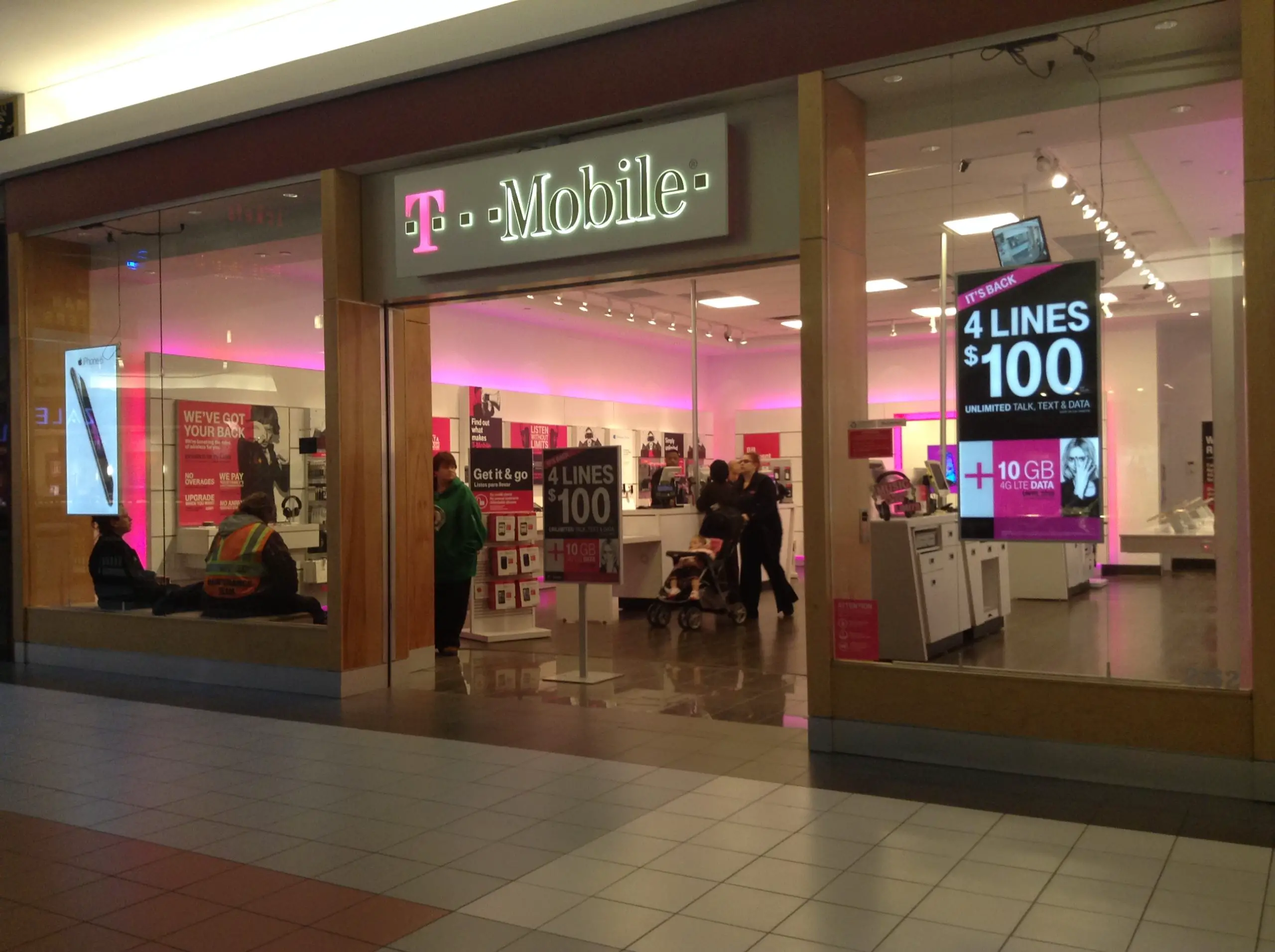
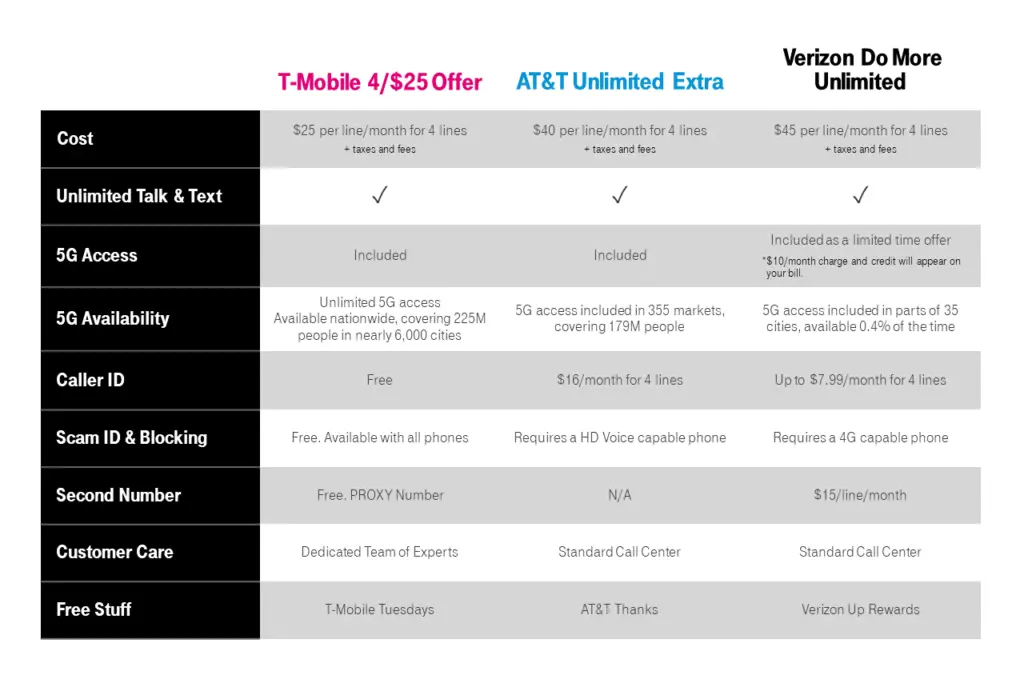

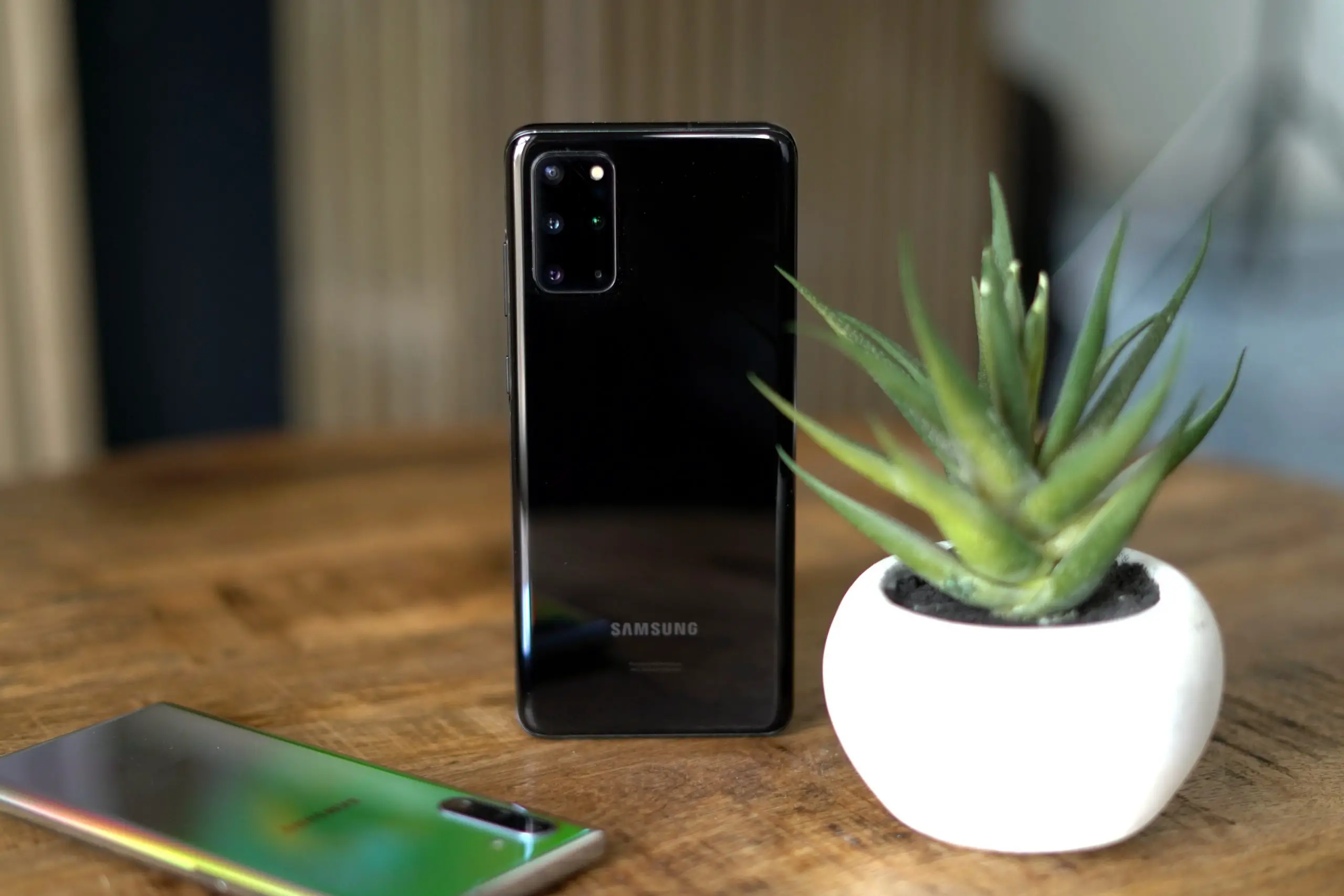
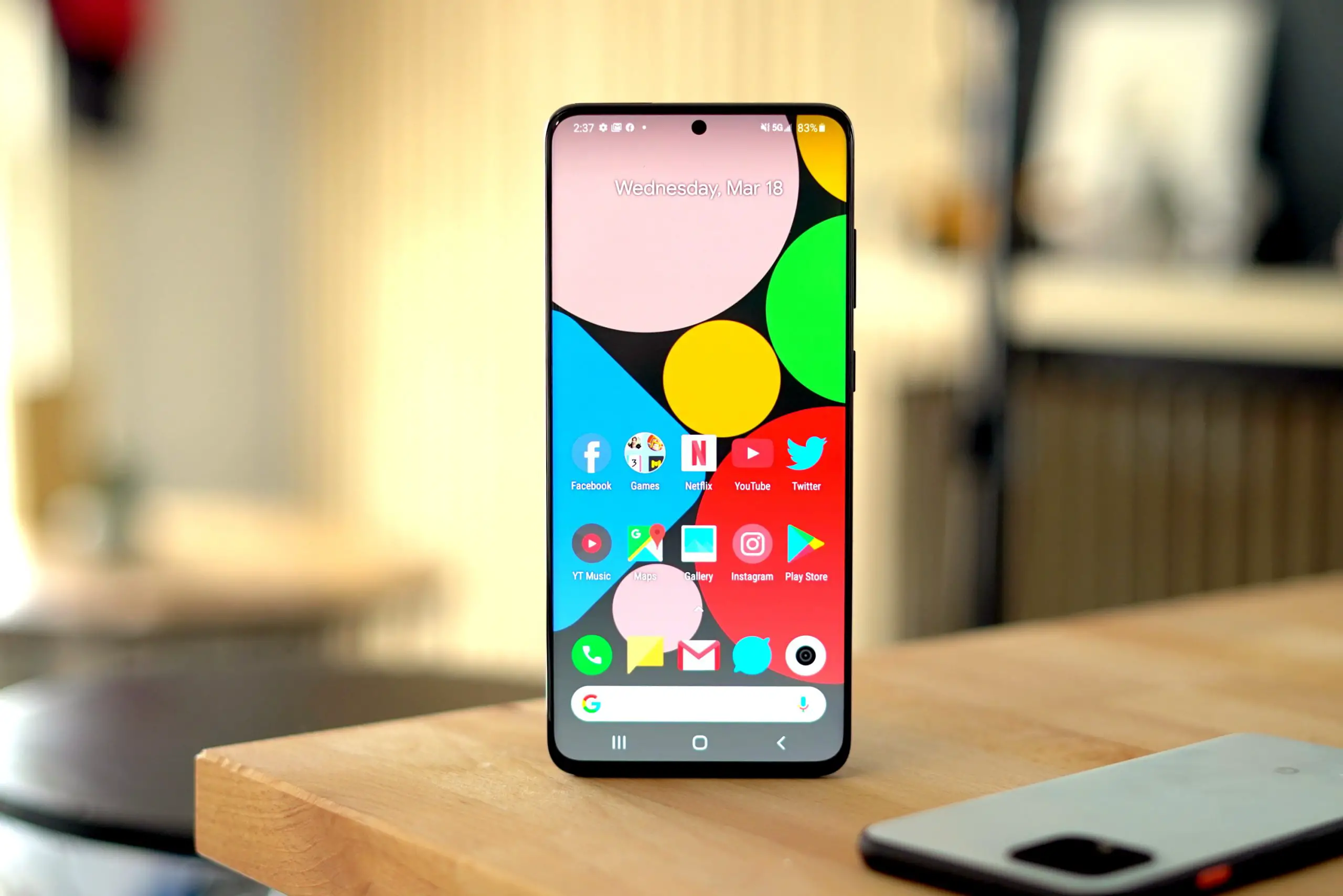
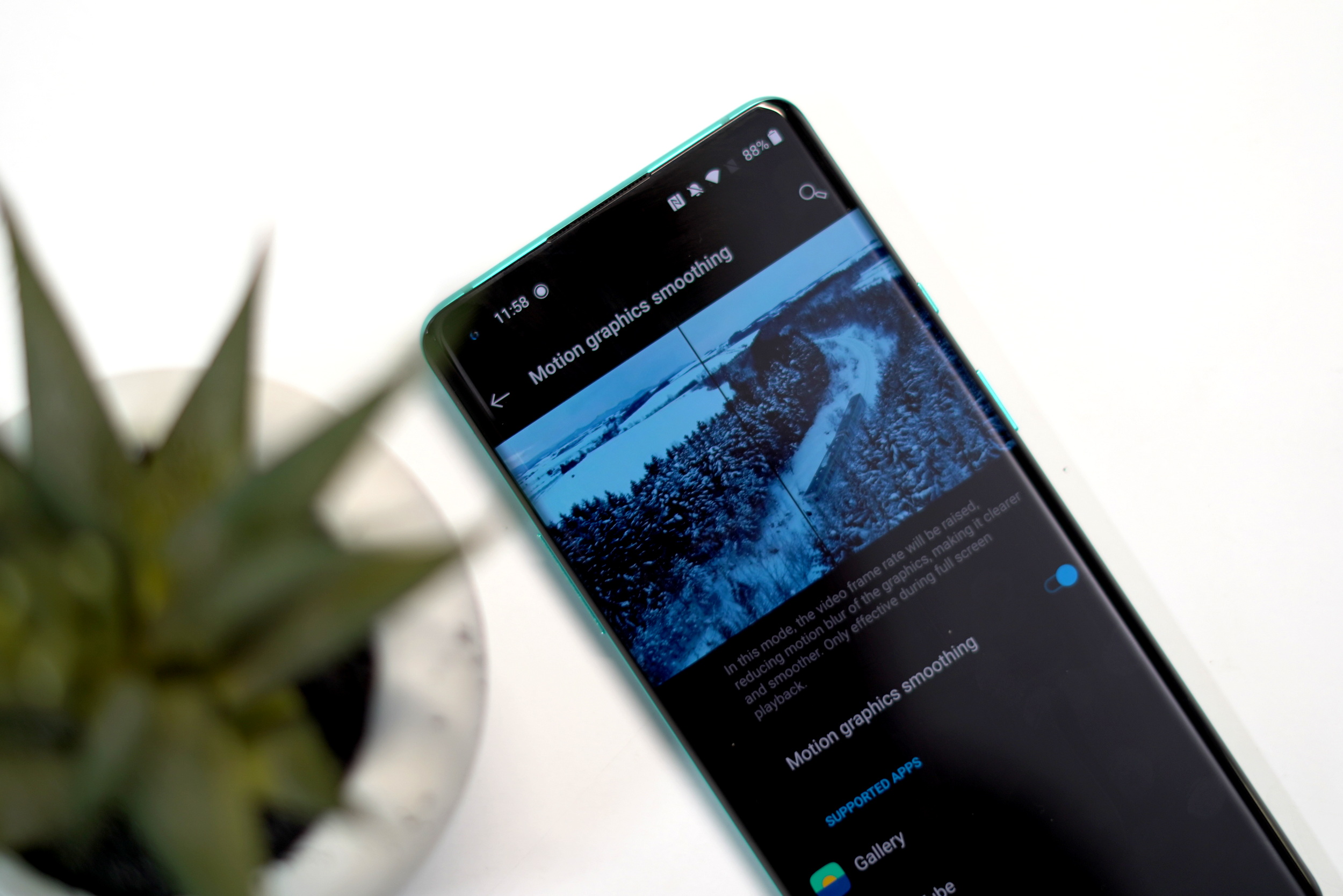
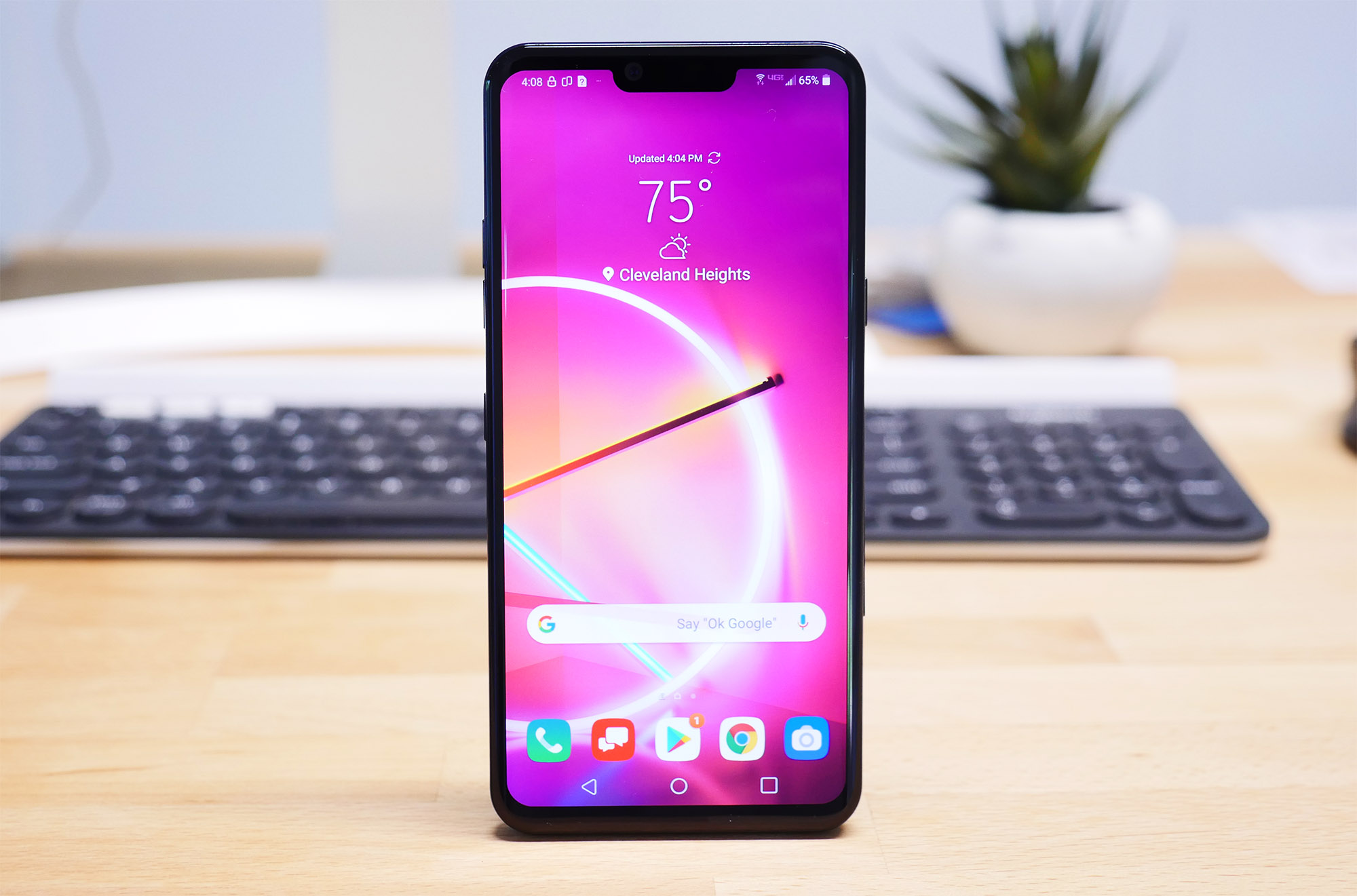




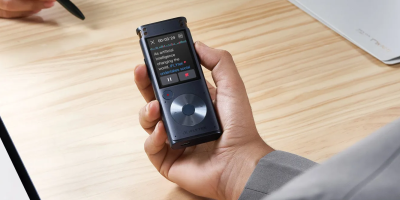






Comments